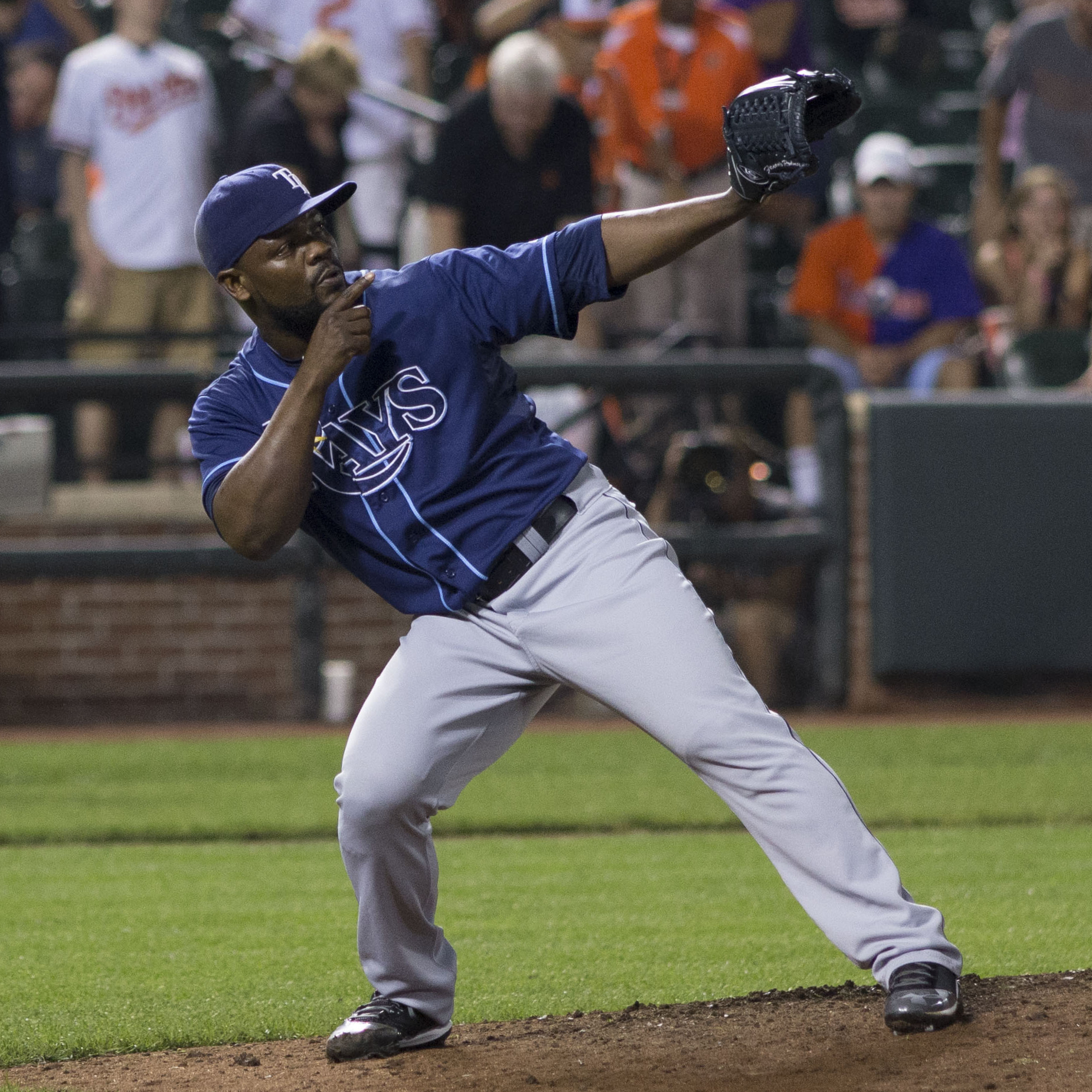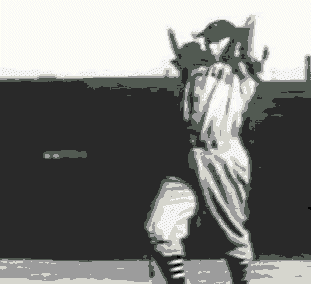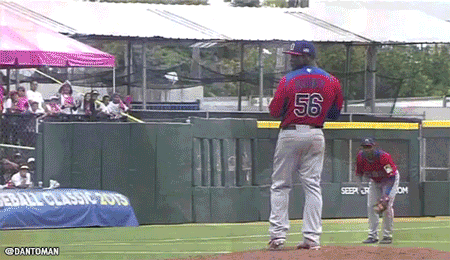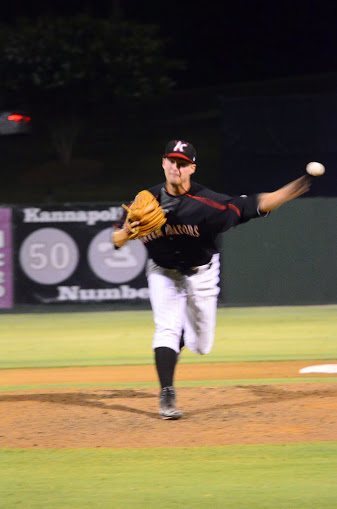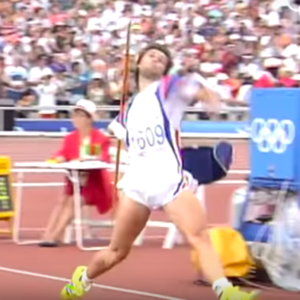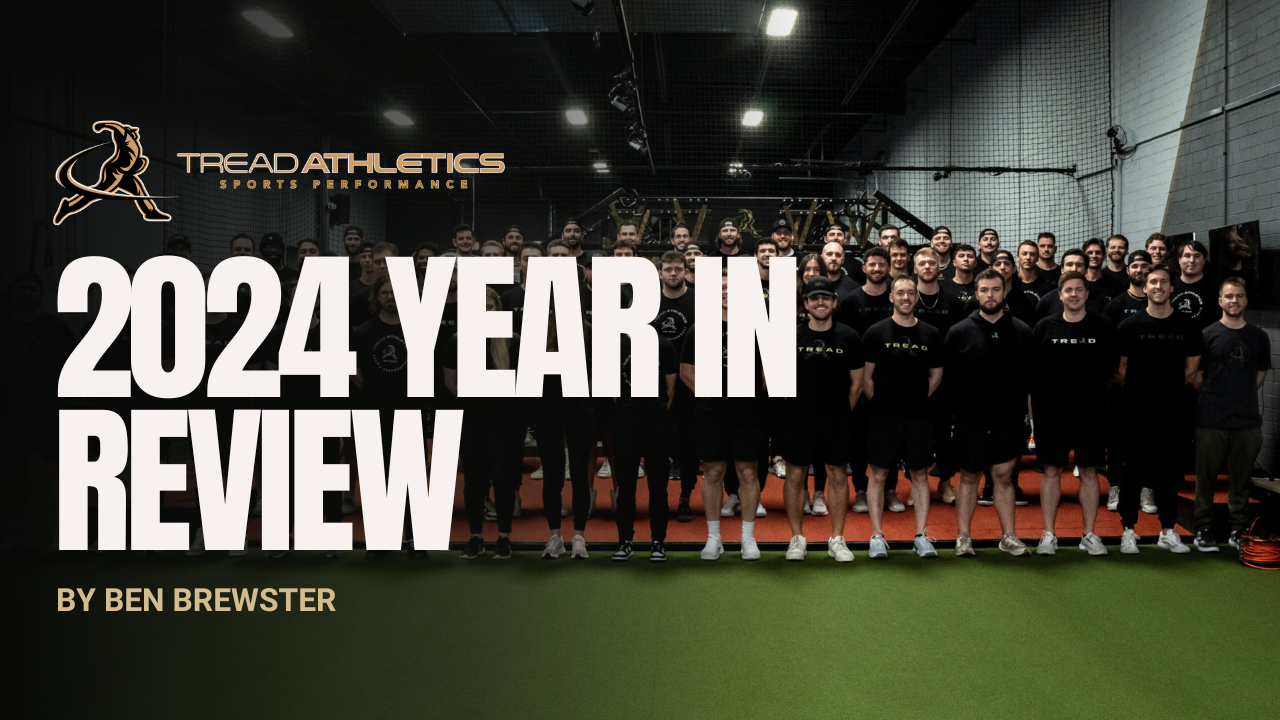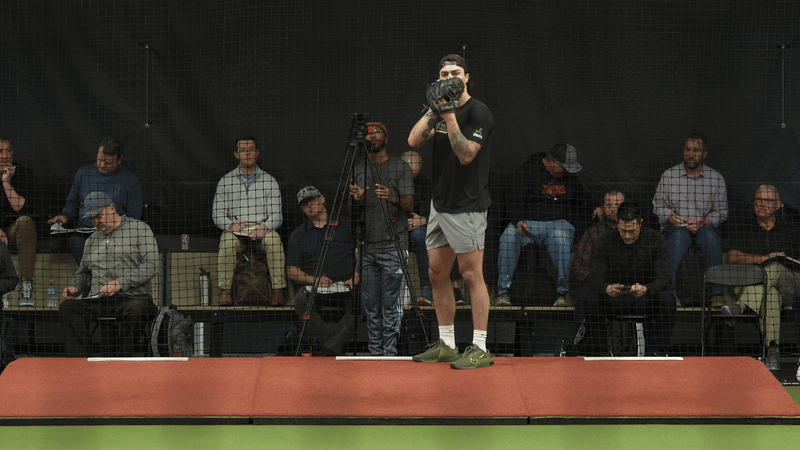At a glance, you might write all of these guys off as “genetic” freaks, who throw hard just because they were “blessed” with a good arm. A closer inspection reveals that not all of these guys are physical specimens – many of them just move better, with subtle biomechanical similarities that allow them to get more out of their bodies.
This article will show you how I transitioned from a 88-90 mph pitcher (touching 91) to 90-94 mph (touching 95) in large part by implementing three mechanical hacks.
—
Small flamethrowers have the most efficient mechanics
Let me explain what I mean by this.
Efficient mechanics, for our purposes, are movement patterns that lend themselves to high force production capabilities AND have minimal energy leakage between segments.
In other words, the ability to produce a lot of force is great, but without the ability to smoothly or seamlessly transfer that force through the legs, hips, torso, shoulder, elbow, etc. less of that force is going to end up being transferred into the ball.
What this indicates is that harder throwers generally have more efficient mechanics than slower throwers – they are able to transfer the most force into the baseball.
Harder throwers also tend to be taller, with longer arms, more muscle mass, etc. making it hard to narrow down the cause of their elite velocity. In other words, one could argue Chris Sale throws hard because of his 6’10” wingspan or Kenley Jansen does because of his massive size (6’5″ 265lbs).
Small, skinny pitchers have everything working against them. To throw flames, they need unbelievably efficient mechanics.
These are the guys worth studying.
—
Fernando Rodney, listed generously at 5’11,” touches 100 mph from a slide-step.
Throwing exclusively out of a slide-step from a funky side-arm slot, I took a special interest in Rodney’s motion, as I was just at 88-90 mph heading into my senior year of college.
Here’s the motion:
So what exactly caught my eye? How is he able to generate such high velocities out of such a (relatively) small frame?
Let’s get to it:
—
#1: Fernando Rodney stays back and closed better than other pitchers.
Not only does he hold his front hip closed and internally rotated until the absolute last moment before landing, he keeps his upper body stacked over his back hip to build tension in his core and counter-rotates his shoulders (showing his numbers to the batter) to build even more potential torque once his front foot lands.

Most MLB pitchers do a good job of staying back and closed, but Rodney does it to an even more extreme degree.
Remember: Rodney isn’t 6’4″ 230lbs like Stephen Strasburg or Gerrit Cole, so to throw with similar velocity he has to have more “extreme” or “efficient” mechanics. We aren’t necessarily talking about “optimal” mechanics from a durability or injury prevention standpoint, just “efficient” from an energy transfer and force production standpoint.
Other flamethrowers who stay closed with their lower body as long as possible and add in some extreme shoulder counter-rotation include:
Bob Feller, Hall of Famer

Aroldis Chapman – 105 mph
Lance McCullers jr., 100 mph (in high school)
—
The first tweak I toyed with was therefore to overemphasize keeping my front hip closed while counter-rotating my shoulders.
—
#2: Rodney drives insanely hard off his back leg
Check it out:
Not only that, but the direction of this drive is directly at his target (horizontal as opposed to vertical), allowing him to create a ton of linear energy early in his motion that can then be captured as rotational energy once his front foot lands.
The second tweak I toyed with was therefore to drive hard off my back leg, keeping my upper body “stacked” over my back hip (imagine your spinal vertebrae maintaining an upright, stacked position) while engaging my glutes and hamstrings. Doing so creates maximum “linear distraction” – a disconnect between the lower half and the upper half that puts the torso on stretch and allows for greater resulting velocities. For more, Trevor Bauer discusses this concept here.
—
#3: His finish is more violent and explosive.

Fernando Rodney’s extension at release
—
Rodney doesn’t just spin through release or finish the pitch half-heartedly. He pulls down with ferocity, propelling his upper body way over his lead leg and maximizing his average sized body and levers.
—
The results?
My mechanics didn’t do a 180 in one day. These were tweaks I fooled around with over the course of the summer before my senior year of college. However, here’s what happened.
-My long toss quickly went from 315 to 330 feet to 350 to 380 feet on my best day once I got comfortable with the tweaks. These maxes were from a slide-step, as I prefer to not use a crow-hop in my long toss (I’ll cover why in a future post). The difference: using my lower half and overemphasizing staying closed allowed me to get so much more torque and smoothly connect my arm to the resulting torso rotation. It was free and easy, not labored like it had felt before. In essence, I was no longer throwing “all-arm.”
-In case these numbers don’t mean much to you, that’s pretty close to what most mid 90’s throwers can do. Sure enough, that fall I was able to touch 93 for the first time…on flat ground.
-When I did finally do a “crow-hop,” in three throws I hit 98, 100 and 102 mph. Although these would suggest that my mound velocities would sit in the mid 90s, the disparity is that my arm slot is much lower in game (almost straight sidearm).
My arm slot
Nonetheless, I was able to hit 95 for the first time that spring, on a cold day in February. Though I certainly never felt like this was my “peak,” it was a landmark I had earned, and that was in large part credited towards the mechanical changes I toyed with here.
—
What is the takeaway?
I’m not saying you need to imitate Rodney’s mechanics, or try to copy all the 100 mph throwers in the MLB.
The point of this is to show that the elite pitchers don’t simply throw as hard as they do because they have “fast arms” or are “freaks.”
Sure, they’re generally stronger and bigger than the average high school or college arm, but the hardest (and smallest) throwers actually move more efficiently as well, utilizing the kinetic chain to their advantage.
The only way to understand this is to feel it. When a tiny tweak causes the ball to rocket out of your arm with less effort, you begin to see how big of a deal mechanical efficiency is.
Don’t get me wrong – getting strong as hell is important – this is your base (I’m simply never going to throw slower than say…87 or 88 mph, even if I push the ball with horrendous mechanics, because of my size, flexibility and strength). However, truly optimizing your velocity requires highly efficient movement combined with that base of strength and power.
Remember, small tweaks can have a big impact when it comes to the difference between good and great velocity. The great ones are sometimes freaks (like 6’10” Randy Johnson), but generally they just get the most out of their bodies and get into positions that look unfamiliar to the rest of us:
Javelin throwers recognize this, always working not just to max out their bodies, but to get “in and out of” the extreme positions that the very best in the world are able to.
The biomechanics are slightly different, but we could all learn a thing or two from this approach when it comes to training for athletic performance and velocity development.
I, for one, certainly have.
The greatest javelin thrower ever, Jan Zelezny
—
Where do I go from here?
It’s time to get to work. Unlocking your velocity potential isn’t just about one or two magical fixes. It’s about addressing the small details that, added up, contribute to significant results. It’s about mechanical efficiency, strength, athleticism, mobility, intent and so much more.
Our coaching programs carefully assess each athlete’s strengths and weaknesses and build a training program around them. No stone should be left unturned when it comes to chasing your dream.
Here’s to reaching your potential,
Ben

